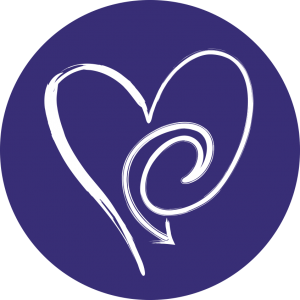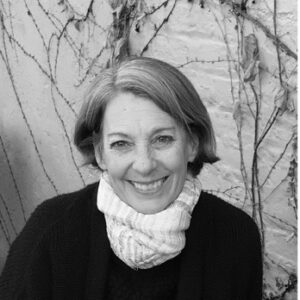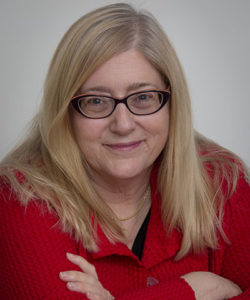DNA and Democracy
I have just published my new book: DINA: Nature’s Case For Democracy. In it, I describe how democracy preceded humans by about two billion years. Of course, we don’t call it democracy in nature. We call the beings that practice democracy by their common names like bees and tigers and trees and every other living thing on earth.
Humans adopted the idea of democracy fairly quickly, but they do not share the same quality controls that nature created to assure that entities survive and thrive. This book is a call to action for people (women in particular) to start changing our world to mirror nature’s successful version of democracy.
The protagonist of this book is Sara Wallace, a fifty-something woman who has experienced life in a world where women have to bear the burden of balancing work and family in a way that doesn’t accommodate the equal importance of both.
Sara represents the wisdom that women have, but have rarely had the opportunity to use to shape the world. Women have historically understood that the ideals embraced in democracies are more likely to produce successful societies. Sara is sharp, thoughtful, and irreverent. She represents women throughout history who, by virtue of birthing, raising, and keeping alive their children, truly understand how people operate. With the help of her mysterious mentor, Dina, she considers the basic tenets of humanity handed down through the ages and analyzes them with a new understanding. She comes up with some practical ideas about how humans can make better decisions and live in a more peaceful world.
Sara has fallen into a coma. Her doctors are flummoxed. Her family is devastated. But Sara finds herself immersed in mysterious conversation with an invisible being who is clearly not from around here. Dina has a voice like a whisper and butchers every single English maxim. But Dina seems awfully serious when it comes to delivering a message.
Humans are on the edge of extinction, Dina says in no uncertain terms. It is such an emergency that Dina’s clan has decided to intervene. And they picked Sara to be the messenger to the world. They chose her, not because she is brilliant or accomplished or savvy, but because she has an overactive bullshit meter. So, Sara’s proclivity to pretty much never believe what anyone says has put her in a position where people need to believe her or face extinction. Great. What could go wrong?
Sara should have been able to blow off this mysterious creature, but Dina was making too much sense. Dina started with the universe, explained how life formed; and how living entities use competition, collaboration, and coordination to survive in a zillion different ways in a zillion different niches across the planet. It all flowed smoothly until humans came along. How can humans, who work exactly the same way as every other living thing, be so different? And so utterly confusing?
Sara did not think that square could be circled, but Dina managed to explain. And Sara actually understood the explanation. Dina showed Sara how humans developed their own superpower that enables them to survive. That superpower is choice. Using choice and their ability to think, humans created their own ecosystem based on ideas. Dina called it the Ideasphere. By transforming ideas into shapes and products, humans were able to manipulate not just their lives, but over time, their entire environment.
Humans can only use the same tools as other living beings: competition, collaboration, and coordination. But because of their superpower of choice, humans use these tools in wildly different and far more unpredictable ways than non-humans do. And that’s how everything has gone haywire. Humans have been living in their self-created ideasphere without understanding the implications of their choices. Humans have made mistake after mistake and bad choice after bad choice. Humans have made good choices, too, but Dina didn’t spend much time on those. Dina focused on teaching Sara that the way non-humans survive can teach humans how to better organize their societies.
If we are lucky we have one thing (maybe even a few) in our lives that moves us to our core. This book is my thing. It is the work of my lifetime. I have been pondering the ideas I write about in DINA for over thirty years. But the ideas didn’t gel until six years ago when I took a job as a staffer on a Congressional campaign. The ideas that had been wandering around for decades began to merge. I was as surprised as anyone that a cohesive story of the world emerged from these long years of back burner thinking. But that’s what happened.
I would love for you to read the book and become acquainted with these old ideas in a new package. Don’t worry about understanding the science. It merely lays the foundation. And there’s no test at the end of the book. Though you may not agree with all my points, I guarantee the ideas I present will give you food for thought. And perhaps you can start discussions with others around you about how we can live together in peace.
Women are strong. I hope this book gives you more ammunition to show your strength in the world.


